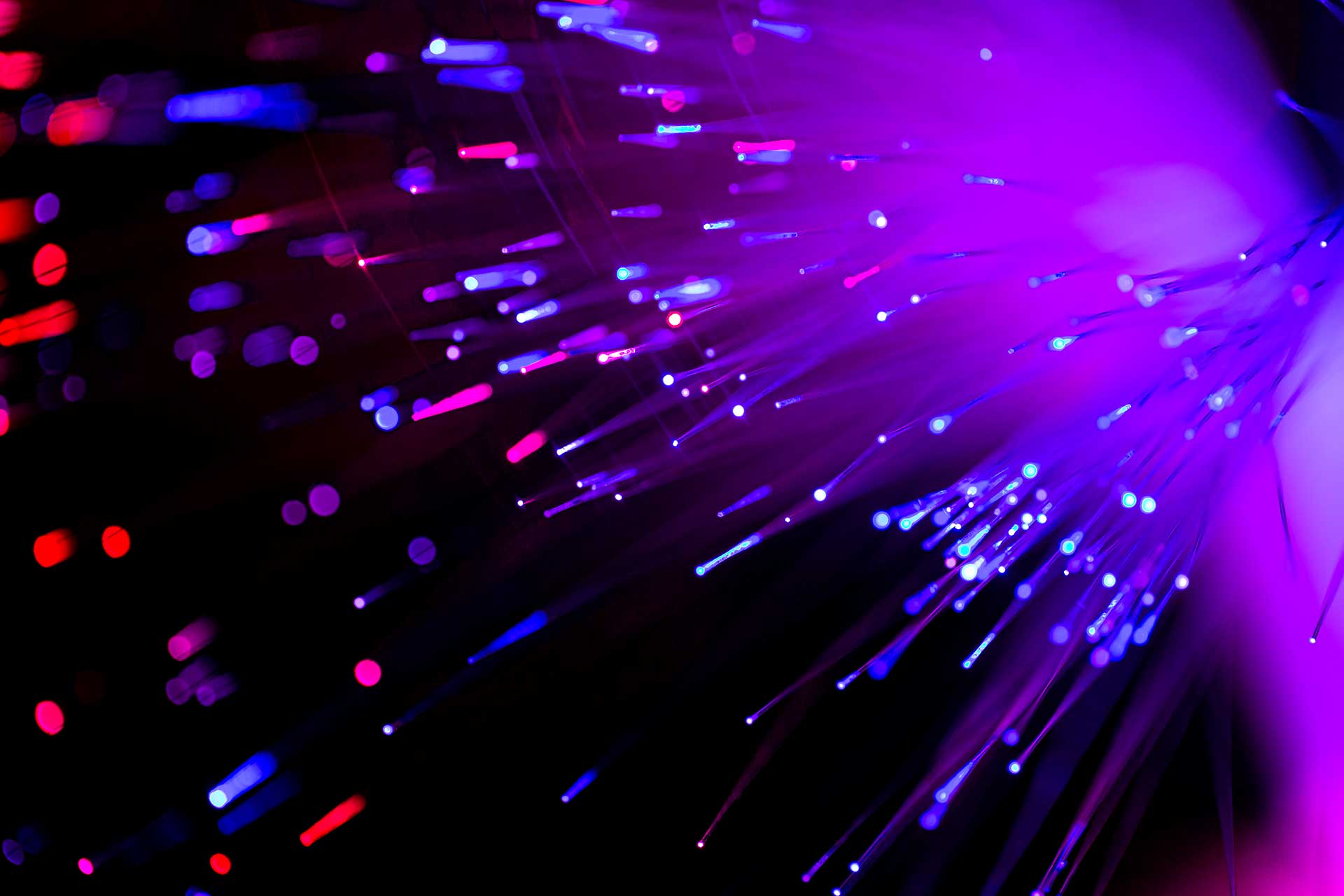In today’s hyper-connected world, data is king. And to transport this king’s ransom of information swiftly and securely, we rely on a powerful, yet often unseen, technology: **fibre optic cabling**.
These thin strands of glass, barely thicker than a human hair, are the arteries of the digital age, pulsating with terabytes of data every second. But what exactly is fibre optic cabling, and how does it work its magic?
**Fibre Optic Fundamentals:**
At its core (pun intended!), a fibre optic cable is a bundle of glass fibres. These fibres transmit data not through electrical signals, but through pulses of light. Light travels through the glass core with minimal interference, allowing for **unprecedented speeds and bandwidths**.
Think of it like this: sending data through copper cables is like sending a message through a narrow tunnel. Fibre optic cables, on the other hand, are like expansive highways, allowing for multiple streams of data to travel simultaneously, at breakneck speeds.
**Benefits of Fibre Optic Cabling:**
So, why is fibre optic the cabling champion of the modern world? Here are just a few of its advantages:
* **Blazing-fast speeds:** Fibre optic cables can transmit data at speeds of up to 100 gigabits per second (Gbps), compared to the mere 1 Gbps of traditional copper cables. This translates to faster downloads, smoother streaming, and near-instantaneous cloud access.
* **Unmatched distance:** Unlike copper cables, which weaken over long distances, fibre optic cables can transmit data over vast distances with minimal signal loss. This makes them ideal for connecting continents, cities, and even buildings across sprawling campuses.
* **Electromagnetic immunity:** Copper cables are susceptible to electromagnetic interference (EMI) from power lines and other electronic devices. Fibre optic cables, however, are immune to EMI, ensuring reliable data transmission even in electrically noisy environments.
* **Durability and security:** Fibre optic cables are lighter, thinner, and more durable than copper cables. They are also less susceptible to physical damage and tapping, making them a secure choice for sensitive data transmission.
**Applications of Fibre Optic Cabling:**
Fibre optic cabling isn’t just for tech giants and cutting-edge research facilities. It’s rapidly becoming the go-to choice for a wide range of applications, including:
* **Telecommunications:** The backbone of the internet and modern telephony, fibre optic cables carry our voice calls, video chats, and internet traffic with unparalleled speed and clarity.
* **Data centers:** The nerve centers of the digital world, data centers rely on fibre optic cabling to handle the immense data flow between servers and storage systems.
* **Medical imaging:** High-resolution medical images, like MRIs and CT scans, require massive amounts of data. Fibre optic cables ensure fast and reliable transmission of these critical images for accurate diagnosis and treatment.
* **Broadcasting:** From live streaming events to delivering crystal-clear television signals, fibre optic cables provide the bandwidth and reliability needed for flawless audio and video transmission.
**The Future of Fibre Optics:**
As our reliance on data continues to grow, so too will the demand for fibre optic cabling. With ongoing research and development, fibre optic technology is constantly evolving, promising even faster speeds, greater distances, and wider accessibility.
**Conclusion:**
Fibre optic cabling is no longer a futuristic technology; it’s the present reality shaping our digital future. Its ability to handle ever-increasing data demands with unmatched speed, security, and reliability makes it the clear choice for building a robust and interconnected world. So, the next time you stream a movie, send an email, or make a video call, remember the unsung heroes working silently behind the scenes: the **fibre optic cables**, the invisible arteries of the information age.
**Tags:** fibre optic cable, fibre optic technology, fibre optic applications, data transmission, high speed internet, telecommunications, data centers, medical imaging, broadcasting, future of technology.


Leave A Comment